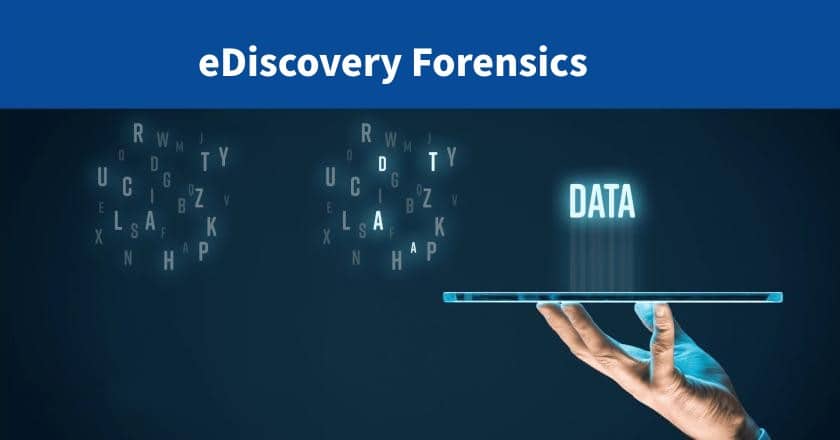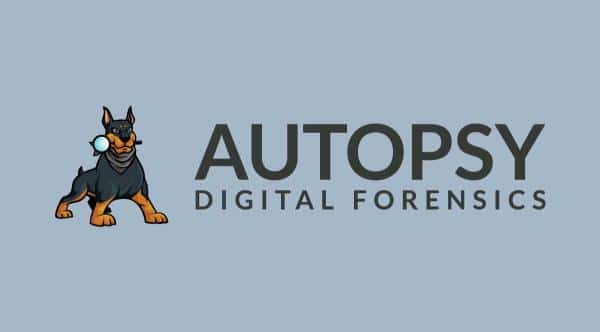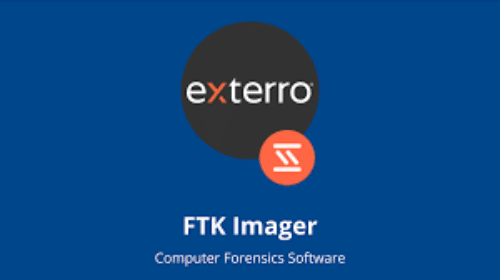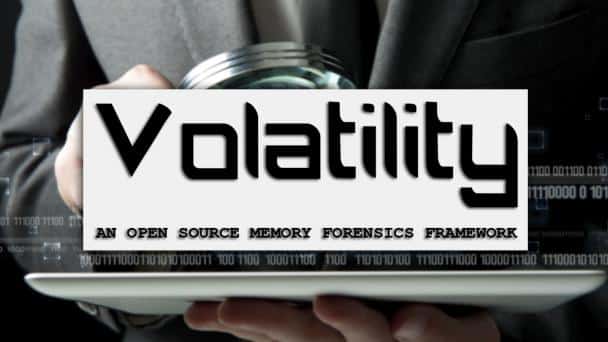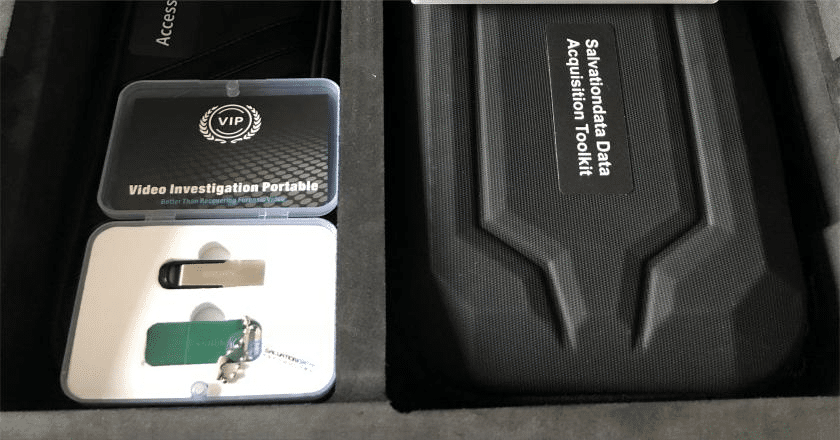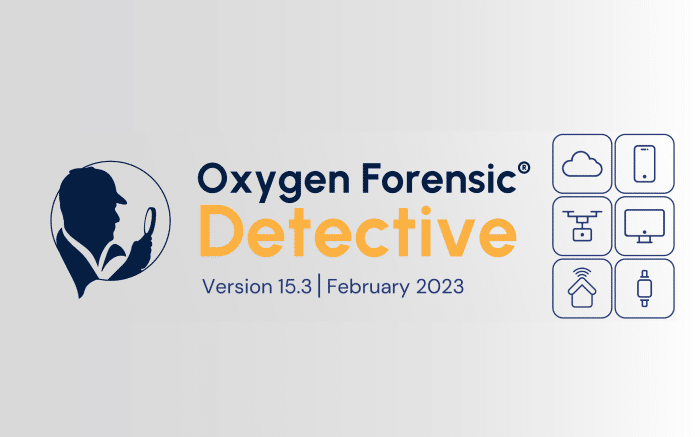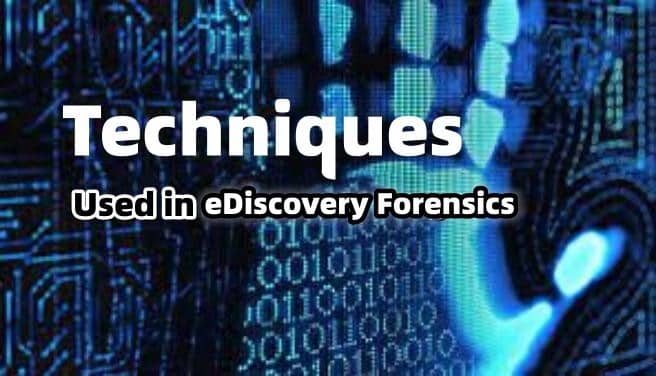eDiscovery forensics is a specialized discipline that merges investigative techniques with legal procedures. It involves identifying, collecting, preserving, analyzing, and presenting electronic data in a manner admissible in court. This field has become increasingly critical in today’s digital era, where vast and complex data landscapes make meticulous information sorting essential for legal compliance and dispute resolution.
For those new to the field, it’s important to understand that eDiscovery refers to the process of uncovering, preserving, and searching digital information to use as evidence in legal proceedings. As data volumes continue to grow, leveraging advanced eDiscovery tools and techniques is vital for managing large datasets effectively while ensuring the integrity and security of the legal process. This article explores the importance of these tools in navigating the challenges of modern eDiscovery and maintaining robust legal safeguards.
